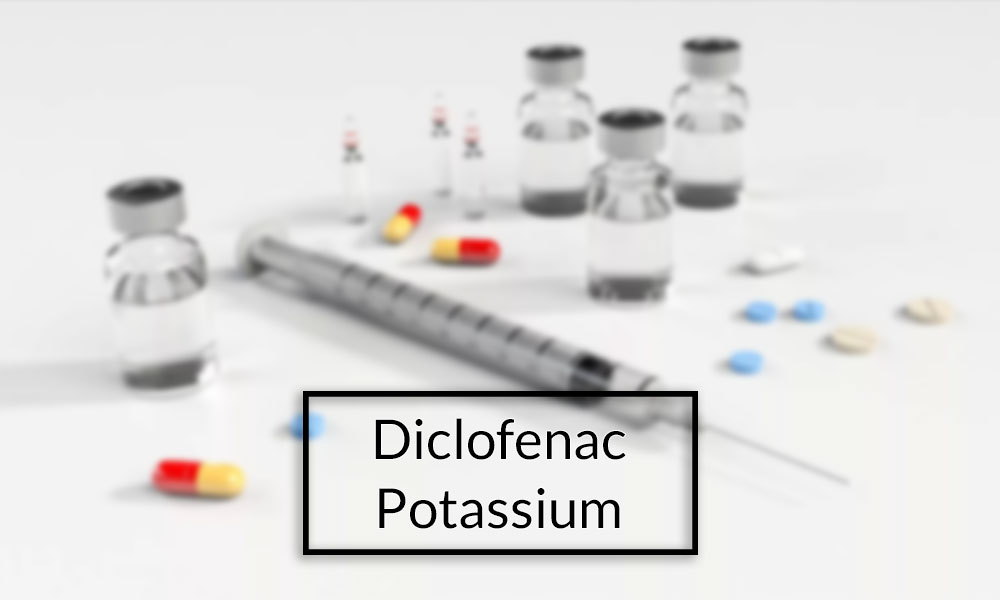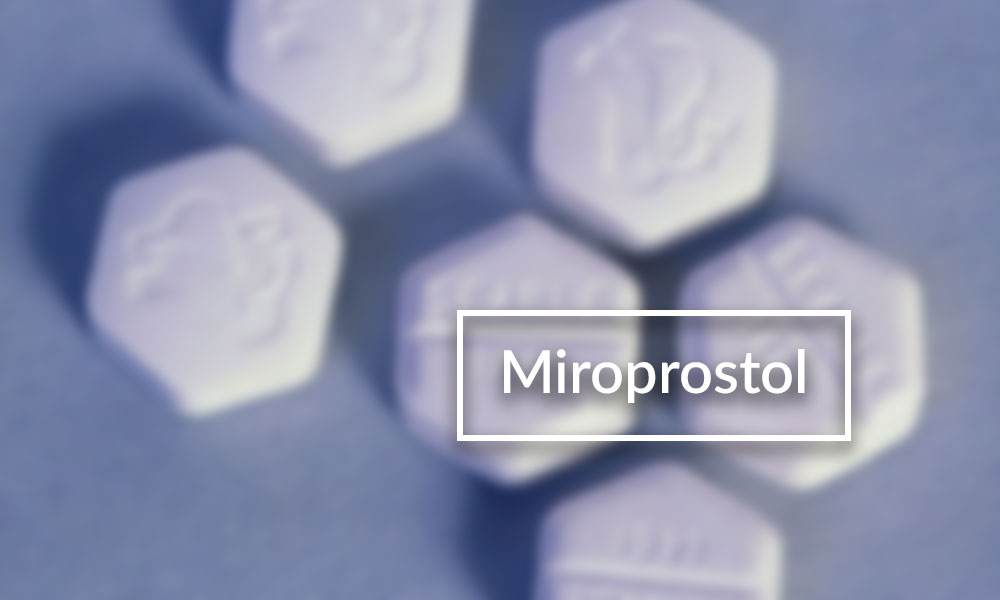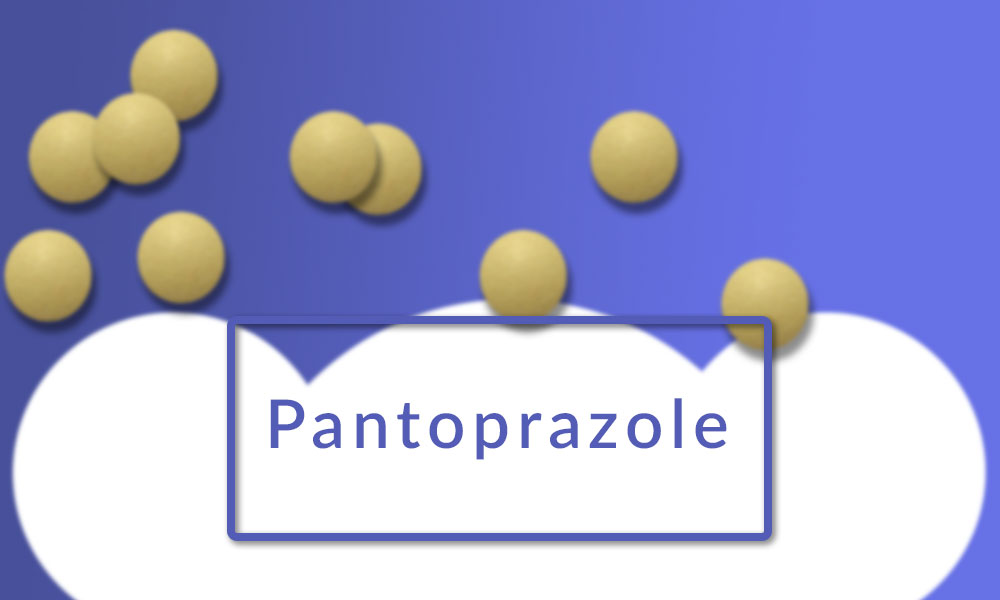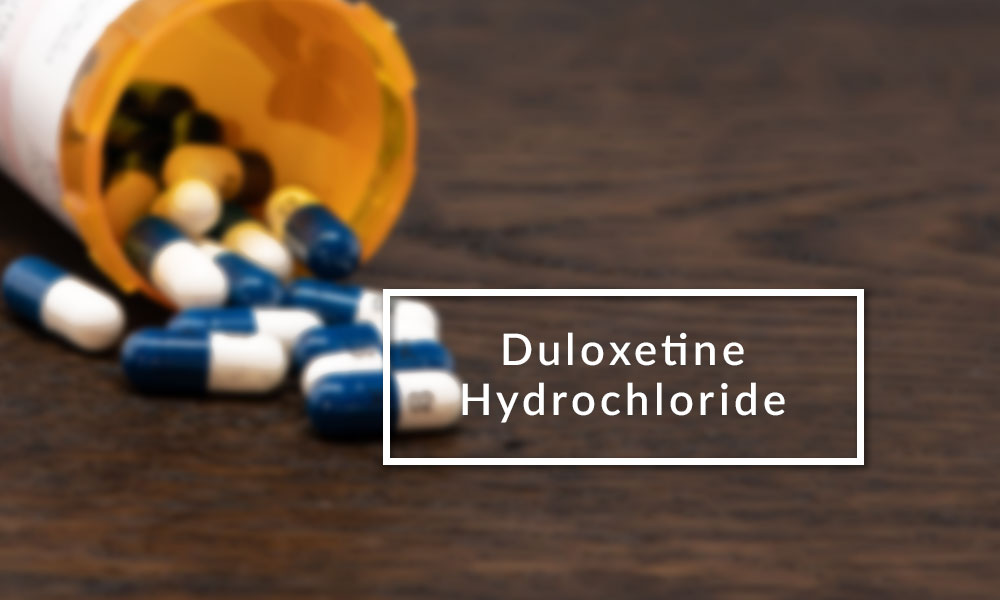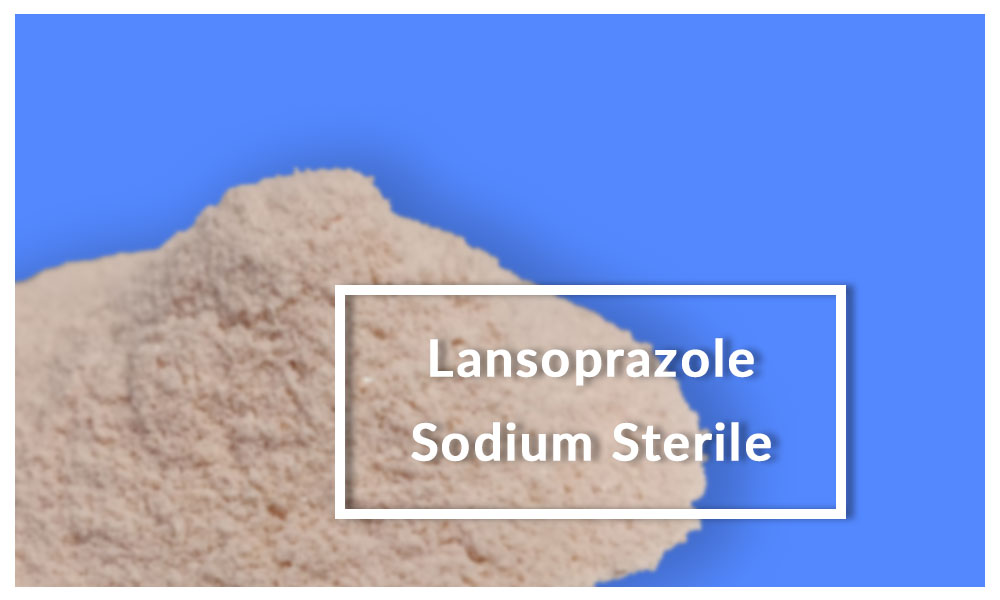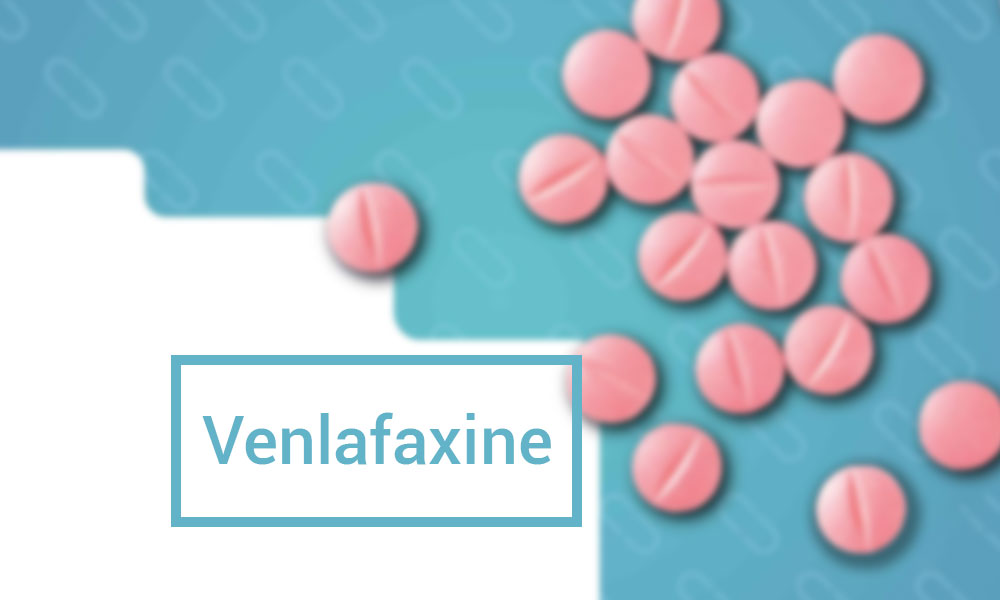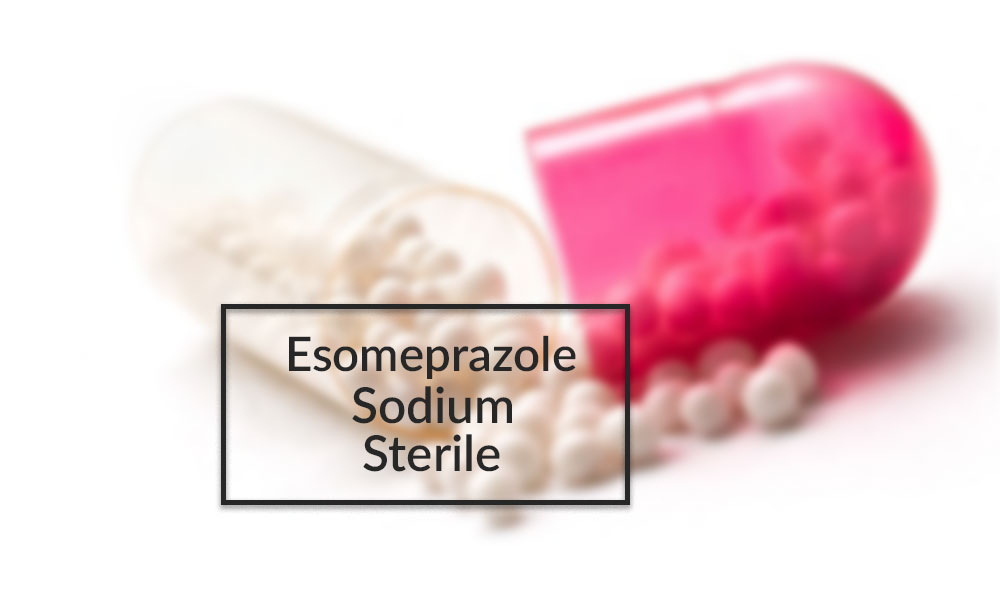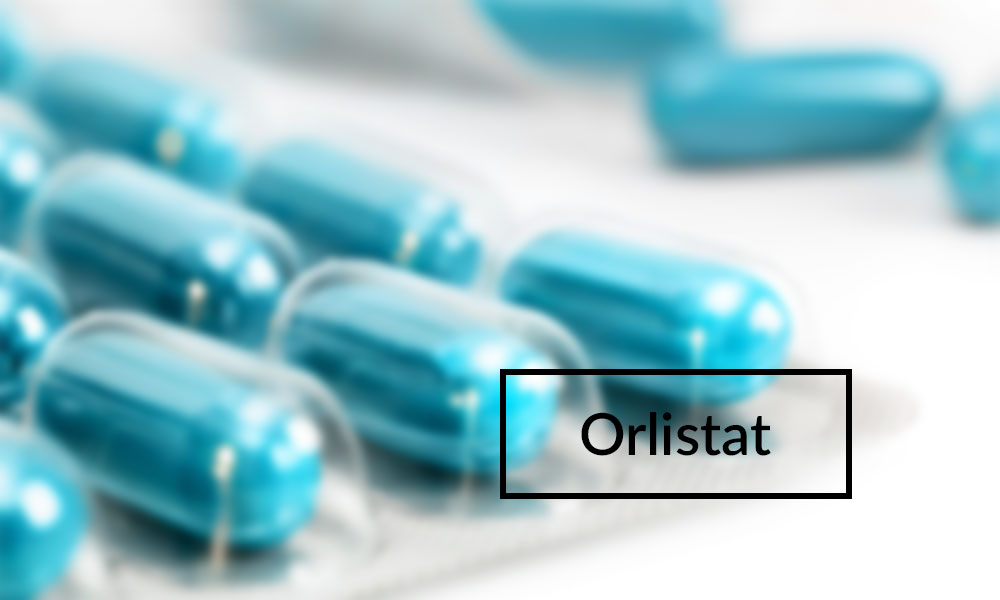Rabeprazole sodium
Overview:
Rabeprazole is used to treat the symptoms of gastroesophageal reflux disease (GERD), a condition in which backward passage of acid from the stomach induces heartburn and possible damage to the esophagus. It reduces the quantity of acid produced in the stomach. In adults and children 12 years of age and older, it is also used to reduce the risk of developing Zollinger-Ellison syndrome (too much acid production) and ulcers. Also, Rabeprazole oral tablet may interfere with any drugs, vitamins, or herbal supplements you are taking. When a chemical changes the way a drug functions, this is referred to as an interaction. This can be dangerous or prevent the medicine from working properly.
Primary Characteristics:
Rabeprazole is a proton pump inhibitor (PPI) and a powerful inhibitor of stomach acidity that is used to treat gastroesophageal reflux disease and peptic ulcer disease. Rabeprazole treatment is associated with a low risk of temporary and asymptomatic serum aminotransferase increases and is a rare cause of clinically visible liver damage.
Indication:
For the treatment of acid-reflux disorders (GERD), peptic ulcer disease, H. pylori eradication, and prevention of gastrointestinal bleeds with NSAID use.
Pharmacodynamics:
Rabeprazole inhibits the formation of stomach acid. It alleviates symptoms and protects the esophagus and stomach in individuals suffering from gastroesophageal reflux disease (GERD) or ulcers. It is also beneficial in disorders characterized by excessive stomach acid production, such as Zollinger-Ellison syndrome. The medicine may also be taken in conjunction with antibiotics to eliminate microorganisms linked to certain ulcer symptoms.
Pharmacokinetics:
Rabeprazole’s pharmacokinetics are distinguished by its high and stable bioavailability, dosage proportionality, significant hepatic metabolism, and largely urine excretion of these metabolites. Furthermore, rabeprazole does not accumulate with repeated administration. It does not accumulate with repeated dosage, and its pharmacokinetic profile is unaffected by meal or antacid consumption. These findings are consistent with previous findings for some, but not all, proton pump inhibitors. Lansoprazole pharmacokinetics appear unchanged by multiple-dose dosing.
Mechanism of Action:
Rabeprazole is an antisecretory drug (substituted Benz imidazole proton-pump inhibitor) that does not affect gastric acid secretion by blocking the gastric H+/ATPase (hydrogen-potassium adenosine triphosphates) at the secretory membrane of the gastric parietal cell. Rabeprazole has been classified as a gastric proton-pump inhibitor since this enzyme is thought to be the acid (proton) pump within the parietal cell. Rabeprazole inhibits the last stage of stomach acid production. Rabeprazole is protonated, accumulates, and is converted to an active sulfonamide in gastric parietal cells. Rabeprazole is chemically activated at pH 1.2 and has a half-life of 78 seconds when examined in vitro.
Side Effects:
Many people who use this drug have no major adverse effects. Inform your doctor straight away if you get persistent diarrhea, abdominal or stomach pain/cramping, or blood/mucus in your stool. If you experience these symptoms, avoid using anti-diarrhea or opioid medications since they may worsen them. It is uncommon for this medicine to cause a severe allergic response.
Precautions:
Rabeprazole may raise the risk of bone fractures, particularly in elderly people, as well as C. difficile infection (see Side Effects section). This drug should be taken only when plainly necessary during pregnancy. It is uncertain if this medicine gets into breast milk, although related medications do. Consult your doctor before breast-feeding.


